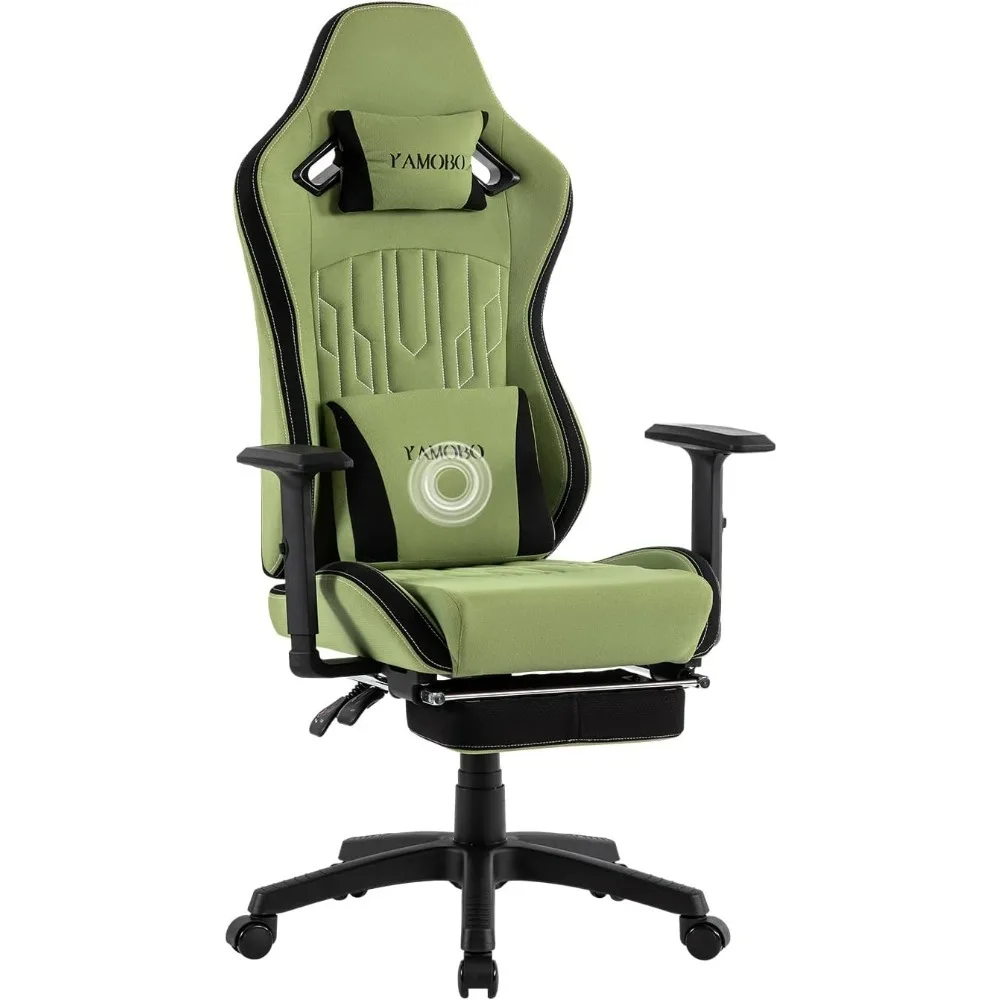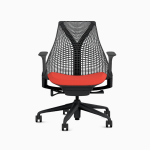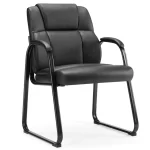Adjusting your office chair height is crucial for maintaining comfort and productivity while you work. However, not all chairs come equipped with a lever for quick adjustments. If you find yourself in this situation, don’t worry! There are various methods and tips to help you modify your chair’s height effectively. This comprehensive guide will provide you with step-by-step instructions, useful tricks, and additional advice to ensure you can work comfortably without the need for a lever.
Understanding the Importance of Chair Height Adjustment
Why Chair Height Matters
Chair height plays a vital role in your overall comfort and ergonomics while sitting at your desk. An improperly adjusted chair can lead to a variety of health issues, including back pain, neck strain, and poor circulation. When your chair is at the correct height, your feet should rest flat on the floor, with your knees at a 90-degree angle. This alignment helps maintain proper posture and reduces the risk of musculoskeletal disorders.
Impact on Productivity and Focus
A comfortable workspace significantly impacts your productivity. When you are not constantly shifting in your seat or dealing with discomfort, you can focus better on your tasks. An adjustable chair allows you to create a personalized workspace that caters to your specific needs. By taking the time to adjust your chair correctly, you set yourself up for success, enhancing your ability to concentrate and perform well throughout the day.
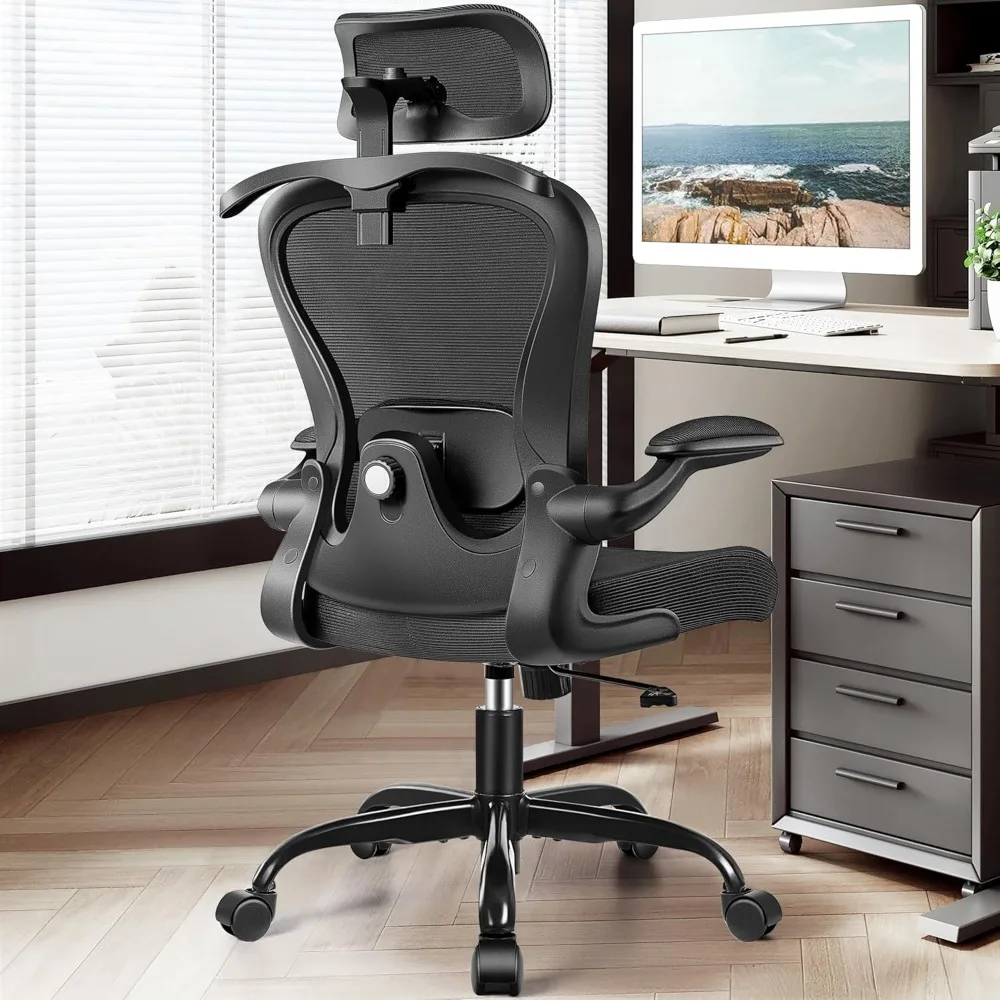
Identifying Your Chair Type
Different Types of Office Chairs
Before you can make any adjustments, it’s essential to identify the type of office chair you have. There are several types, including task chairs, executive chairs, and ergonomic chairs. Each type has its unique design and adjustment mechanisms. Understanding your chair type will help you determine the best method for adjusting its height without a lever.
Features of Non-Lever Chairs
Many office chairs, especially budget models, may not come with a height adjustment lever. Instead, they may feature a fixed height or use alternative methods for adjusting height. Some chairs may have a simple pneumatic mechanism that can be adjusted manually, while others might have a more rigid structure that requires a different approach to modification. Familiarizing yourself with these features is the first step in effectively adjusting your chair.
Manual Height Adjustment Techniques
Using the Chair Base
One of the simplest methods for adjusting your chair height without a lever is to manipulate the chair base directly. Many office chairs have a base that can be disassembled or adjusted manually. Begin by examining the chair’s base to identify any screws or knobs that might allow for height adjustment. If your chair features a removable base, you can add or remove spacers to achieve your desired height.
Adding or Removing Cushions
If your chair does not allow for direct height adjustment, consider using cushions to elevate your sitting position. By placing a cushion on the seat, you can increase your height while maintaining comfort. Choose a cushion that offers adequate support and is not too thick, as this can disrupt your posture. Conversely, if your chair is too high, you can consider using a smaller cushion or even removing the existing seat cushion if possible.
Using Alternative Tools for Adjustment
Foam or Gel Seat Cushions
Foam or gel seat cushions can be effective for adjusting the height of your office chair. These cushions are available in various thicknesses and densities, allowing you to customize your seating experience. By choosing a thicker cushion, you can raise your height, while a thinner cushion can help lower your sitting position. Ensure that the cushion provides adequate support for your lower back, promoting good posture throughout your workday.
Furniture Risers
Another practical solution for adjusting your chair height is to use furniture risers. These are small platforms that can be placed under the legs of your chair to elevate it. They come in various heights and materials, so choose risers that suit your chair’s design and stability. This method is particularly useful if you share your workspace with others who may have different height preferences.
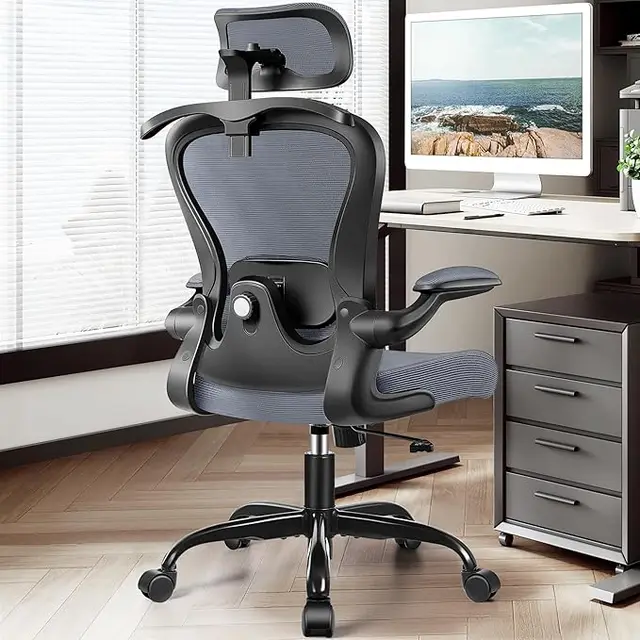
Maintaining Ergonomic Posture
Understanding Ergonomic Principles
When adjusting your chair height, it’s essential to consider ergonomic principles to maintain good posture. Your feet should rest flat on the floor or on a footrest, with your knees aligned with your hips. Additionally, your arms should be at a comfortable angle while typing or using your mouse. Taking the time to understand these principles will help you create a more comfortable workspace and reduce the risk of strain or injury.
Positioning Your Desk and Monitor
Along with chair height, it’s crucial to position your desk and monitor correctly. Your monitor should be at eye level to prevent neck strain, while your desk should allow your elbows to rest comfortably at a 90-degree angle. If necessary, adjust your desk height to complement your newly adjusted chair height. Maintaining a harmonious relationship between your chair and workspace can significantly enhance your comfort and productivity.
Testing Your Adjustments
Evaluating Comfort and Stability
Once you’ve made adjustments to your chair, take the time to evaluate your comfort and stability. Sit in the chair and pay attention to how your body feels. Are your feet flat on the floor? Is there adequate support for your lower back? Adjustments may require fine-tuning to achieve optimal comfort. If you feel discomfort, consider making further adjustments or testing alternative solutions.
Trial and Error Method
Don’t hesitate to engage in a trial and error process to find the best configuration for your chair. This might involve sitting in different positions, trying various cushions, or using risers in different combinations. Document your adjustments and their effects on your comfort level. This process can be particularly beneficial in finding the perfect height that meets your specific ergonomic needs.
Exploring DIY Adjustment Options
Creating a Custom Adjustment Mechanism
If you’re feeling adventurous, consider creating your custom adjustment mechanism for your chair. This could involve attaching a pulley system or using adjustable legs to modify height. While this option may require some DIY skills, it can be a fun and rewarding project that allows you to tailor your chair to your exact specifications. Ensure that any modifications you make maintain the chair’s stability and safety.
Utilizing Household Items for Adjustments
Look around your home for items that can assist with height adjustment. For example, sturdy books, wooden blocks, or even old cutting boards can be used as temporary risers. Be creative, but always prioritize safety and stability to avoid any accidents while seated.
Long-Term Solutions for Height Adjustment
Investing in a Quality Chair
If you frequently find yourself struggling with chair height adjustments, it might be time to invest in a higher-quality office chair that offers more robust adjustment features. Ergonomic chairs typically come equipped with levers or mechanisms that allow for easy height adjustments, along with other customizable features like lumbar support and armrest height. Research brands and models that receive positive reviews for comfort and functionality.
Regular Maintenance and Care
Regular maintenance of your office chair can extend its lifespan and functionality. Keep an eye on any screws or adjustments that may loosen over time and tighten them as necessary. Additionally, clean the chair regularly to prevent wear and tear. By taking proper care of your chair, you can ensure that it remains comfortable and functional for years to come.

Understanding the Importance of Seat Depth
Why Seat Depth Matters
In addition to height, seat depth is another crucial factor to consider when adjusting your office chair. Seat depth refers to the distance from the backrest to the front edge of the seat. An improperly adjusted seat depth can lead to discomfort and poor posture. A seat that is too deep can cause your feet to dangle, while a seat that is too shallow may not provide adequate support for your back.
Adjusting Seat Depth Manually
If your chair allows for manual seat depth adjustment, take advantage of this feature. Some chairs come with adjustable seat pans that can be moved forward or backward to achieve the perfect depth. If your chair does not have this feature, consider using cushions or adding support at the back to help maintain proper alignment and comfort.
Conclusion: Finding Your Perfect Height
Emphasizing Personal Comfort
Ultimately, finding the perfect height for your office chair is a personal journey that requires patience and experimentation. Everyone’s body is different, and what works for one person may not work for another. By following the tips and tricks outlined in this guide, you can effectively adjust your chair height without a lever, ensuring that your workspace is comfortable and conducive to productivity.
Making Ergonomic Choices
Remember, the key to a successful adjustment is understanding the principles of ergonomics and how they apply to your workspace. By prioritizing comfort and taking the time to adjust your chair, you can create an environment that not only enhances your well-being but also boosts your productivity. Whether through DIY adjustments, utilizing household items, or investing in a quality chair, you have the tools to create your perfect office setup.
